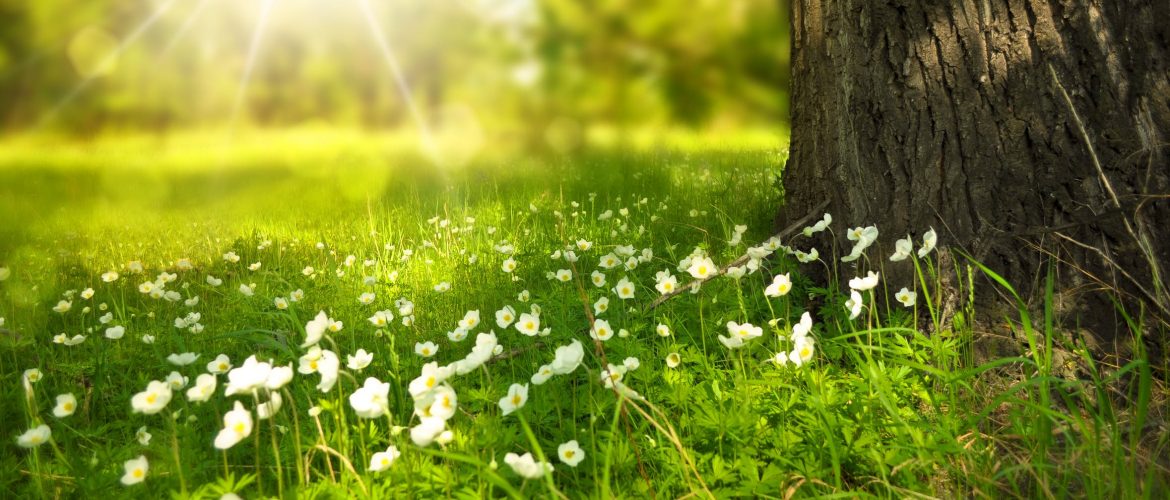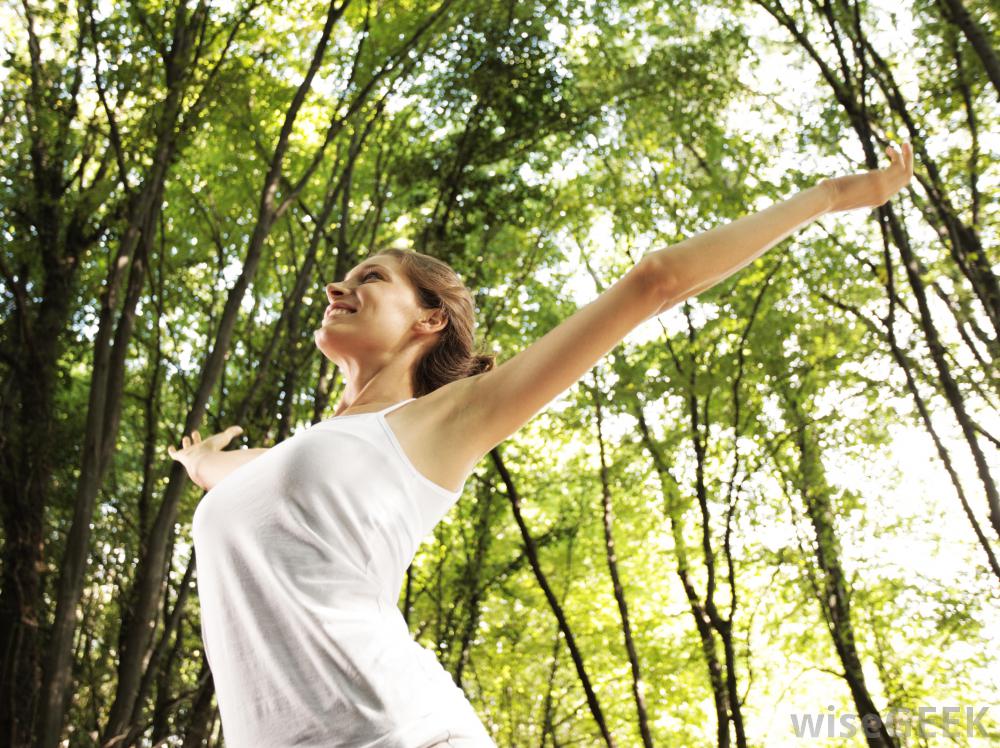Practising Mindfulness in Nature
- February 15, 2020
- Posted by: admin
- Category: Featured Content,

By Dr Chandra Nanthakumar
“Look deep into nature and then you will understand everything better.”- Albert Einstein
Yoga, an ancient mind-body practice, has grown massively in popularity that it is not uncommon to find a yoga studio in every nook and corner of the city. For the novice, yoga may appear to be an exercise, but it is actually an ancient mind-body practice which originated in India more than 5 millenniums ago.
Based on a 2018 statistics, it has been reported that there are more than 6,000 yoga studios in the United States. Kuala Lumpur is equally popular with this scientific practice that there are numerous yoga studios, centres and yoga teacher-training institutions such as MAYI Yoga Academy, which is one of the leading training centres in the country. Since its popularity has grown in leaps and bounds, gymnasiums have also started providing yoga classes for their clients. Albeit most of these gymnasiums and studios are well-equipped and ventilated, research has shown that doing yoga (or any other exercise) in the park or forest brings about tremendous health benefits.
Shinrin-yoku - Forest Bathing
In 1982, the Ministry of Agriculture, Forestry and Fisheries in Japan did substantial research on the correlation between health and the forest environment. They came up with the term “Shinrin-yoku”, which when translated literally means “forest bathing” (Park et al., 2010). The research involved studying the physiological changes in the human body (and mind) as a result of contact with the atmosphere of the forest. Amazingly, the study was conducted in 24 forests across Japan and a total of 280 participants aged between 20 and 23 took part in it. The salivary cortisol was measured, and the blood pressure, pulse rate and heart rate were monitored before and after the participants entered a forest to perform exercise.
Based on the findings, it appears that the forest environment helps to lower cortisol concentrations, pulse rate and also blood pressure (Park, et al., 2010). This is due to the increase in the parasympathetic activity and decrease in the sympathetic nerve activity. The findings have also revealed that this could be used as a strategy for preventive medicine.

As we live in a rat-race society where almost everything is carried out at an incredible speed, we need to pay heed to our state of mind and health to ensure that they are not compromised. Fractions of the general population today have even resorted to taking on two jobs just to make ends meet. During the day, they are permanent employees of an organisation, but at nightfall, instead of calling it a day and spending time with “themselves”, some take on a second job, for example driving a “Grab” car to earn extra income to help support the family or themselves for the various commitments they have. These busy city people almost always profess that they do not have time to exercise.
Decades ago, Ulrich et al. (1991) reported that those living in an urban environment are more prone to stress compared with those living in the countryside.
Fast forward, in the 21st century, it is evident that this scenario has not really changed; in fact, it has taken a turn for the worse. Today, teenagers are not only complaining incessantly that they are stressed, but some have already started patronising the psychological counselling clinics for therapy. Medical practitioners concede that it is mandatory to exercise as it improves blood circulation, strengthens bones, releases stress, increases muscle tone and strength, helps in weight management and the list goes on. I wonder if we, the society, truly pay heed to such advice. Hence, if nothing is done, slowly but surely, dis-eases, be it mental or physical, will set in.
While there are many forms of indoor and outdoor exercises, practising yoga (which includes mindfulness) in the park or forest is definitely a boon. It is a regime that can be practiced by anyone (provided the individual has already acquired the basics from a qualified teacher) and anywhere at no cost at all. All one would need is a mat or there may be no mat at all if the individual is comfortable sitting on a grass patch or standing on pebbles. By merely breathing in the fresh air in the lush green forests, one will be able to intensify his breath awareness and empower his practice.

Studies have also shown that looking or concentrating at pleasant things like greenery produces greater activation in the ventral striatum, suggesting that perceptual preference might engage the conventional reward system (Yue, Vessel & Biederman, 2007). The chemicals released by the pituitary gland, the endorphins, help to alleviate pain and induce euphoria. The findings of Yue et al’s (2007) study concurs with that of Kaplan (1984), who had reported decades ago that forest environments improve the psychological wellbeing of people. The senses of smell, touch and sight are all activated, thus producing a connection to the present.
Practicing in the nature is definitely mind-blowing and breathtaking; however, it presents its fair share of challenges, for instance, unpredictable weather patterns, uneven or slippery terrain or the presence of bugs that may crawl up the limbs. Nevertheless, that’s the real world. The way I see it, all it takes for one to relish a yoga practice is mindfulness. Alluding to what Albert Einstein, a famous physicist, said eons ago: “only when we plunge deep into nature, will we understand everything better”.
References
- Kaplan, R. (1984). Wilderness perception and psychological benefits: An analysis of a continuing program. Leisure Science, 6(3), 271–90.
- Park, B. J., Tsunetsugu, Y., Kasetani, T., Kagawa, T., & Miyazaki, Y. (2010). The physiological effects of Shinrin-yoku (taking in the forest atmosphere or forest bathing): evidence from field experiments in 24 forests across Japan. Environmental health and preventive medicine, 15(1), 18–26.
- Ulrich, R.S., Simons, R.F., Losito, B.D., Fiorito, E., Miles, M.A., & Zelson, M. (1991). Stress recovery during exposure to natural and urban environments. J Envir Psychol. 11, 201–30.
- Yue, X., Vessel, E.A. & Biederman, I. (2007). The neural basis of scene preferences, NeuroReport, 18(6), 525-9.
